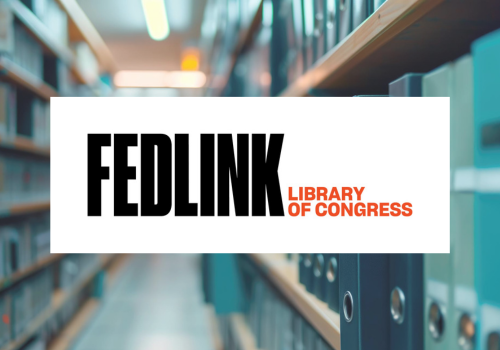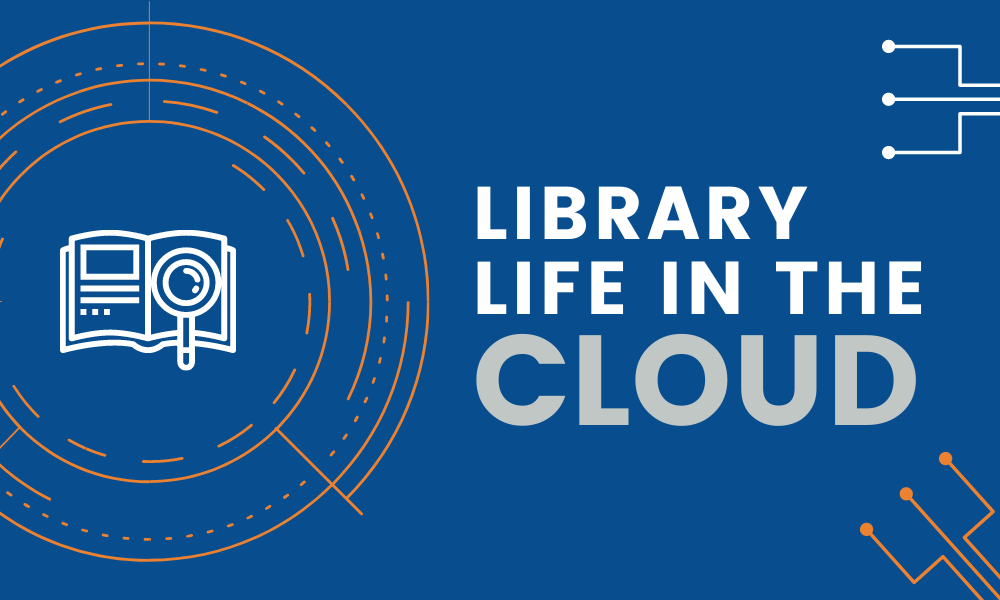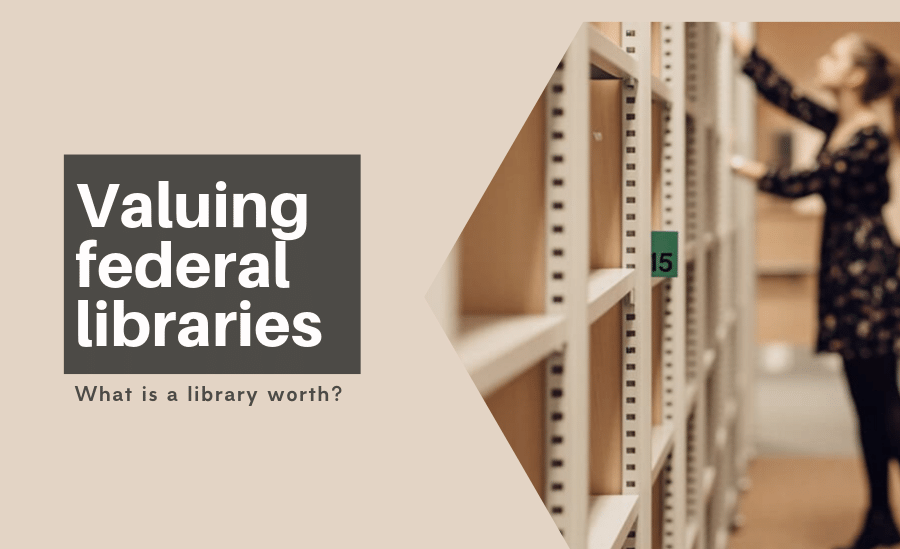Most people likely believe that data visualization is a recent phenomenon of the computer revolution, but its roots go back to the Age of Enlightenment, the same intellectual roots of the U.S. Constitution.
Far from being modern, data visualization is nearly 400 years old.
The birth of data visualization and the first graphics
In 1637, French philosopher and mathematician René Descartes published La Géométrie in which he elaborated a method called analytic geometry, which allowed him to combine algebra and geometry. His invention represents the “birth” of data visualization, expressing in clear terms how a mathematical formula can be visualized using geometric shapes.
In 1786, one year before the U.S. Constitution was drafted, Scotland’s William Playfair published an atlas in which he applied analytical geometry to economic activities, creating the first bar graphs in the process. He would later create the very first pie chart in his book, Statistical Breviary.
Playfair believed his readers would better understand the relationships between numbers when presented as a picture. He has been proven abundantly correct. By the 19th century, Western Europe governments were using maps that showed the distribution of crime or economic production, line graphs that showed changes in population, bar graphs that showed industrial output, and on and on. Virtually every type of chart or diagram we know of today existed by the mid-1800s. (See A Brief History of Data Visualization by Michael Friendly.)
Many of the founders of the United States of America were influenced by the Enlightenment. It was an age that valued data and sought to communicate truth in a manner that was accurate and beautiful.
From enlightenment to modern data illiteracy
Fast forward to the 21st century, our present era, frequently called the Information Age. It might be better termed the Data Age, because information and knowledge arise from the discrete data now produced in superabundance yet often passed over, left sitting on servers and hard drives throughout governments and other organizations.
We err when we focus too much on information literacy, because that does not go deep enough. If we are to have a society that relies on the understanding and application of information, then that society’s members must be data literate.
This is even more important for employees of Federal agencies, who frequently must communicate their agency’s mission to the wider public. The ability to identify and illuminate patterns and relationships, and then present those patterns and relationships through data visualization, greatly enhances this important function.
Government agencies are flooded with data that can be used to help citizens understand everything from the national economy, to the environmental plight of the creeks and streams that form the nation’s water supply, to their children’s education. Charts, maps, infographics and diagrams are in our newspapers, on the TV news, in blogs and in our social media. Data visualizations have become so common, many of us no longer stop to notice or think about them anymore.
Another problem is that some visualizations are based on bad data, bad methods, and bad math, distorting or circumventing facts, especially facts that don’t support the communicator’s point of view. Humans are visual creatures and perhaps this bias explains why even bad data visualization can have such a profound impact. We remember the image and the message, but forget and ignore the underlying information.

Image courtesy of xkcd.com.
Becoming data librarians
Making data visualization tools and raw data sets available either to agency staff or the general public is not enough without the understanding of relationships that are valid and illuminating versus invalid and deceptive. This is where the library and information science profession can step in and make a difference, especially in this era of “fake news”.
Information specialists working in Federal government libraries, knowledge centers and information centers can and should play a role in data literacy training, data management and data visualization. Librarians are metadata experts; our profession practically invented the concept. Librarians have the expertise and experience to help manage large quantities of data. Libraries form a natural nexus where content creators and consumers can meet and where data, information and knowledge can be exchanged. And librarians play a vital role, ensuring that content is discoverable and data are interpreted correctly and communicated truthfully and beautifully.
Data visualization examples in Federal government
Many Federal agencies are making strides with the help of librarians and other information specialists:
- The National Agricultural Library’s AgData Commons is a data repository with built-in visualization tools for mapping agricultural and ecological data.
- The National Institutes of Health’s initiative called Big Data to Knowledge (BD2K) teaches staff and NIH partners how to better manage and interpret biomedical information.
Yet librarians must come together and fight to get a seat at more Federal government tables if we are to shape the future through our knowledge and ability to connect information seekers with information resources. Libraries and information centers, now repositories of information, should become repositories of data. Where the physical library has its card catalog and ILS, the data repository library would have its database of datasets, with centralized discovery and access across agencies and even across the entire government.
Visualizing a more perfect union
Our nation and its Constitution were born of the Enlightenment by thinkers who believed that information should be free. It should come as no surprise, then, that the founders of the United States of America also were founders and supporters of libraries:
- Benjamin Franklin founded the Library Company of Philadelphia in 1731.
- The Library of Congress was suggested by James Madison in 1783 and formally created by John Adams in 1800.
- Thomas Jefferson’s private library of 6,487 books replaced those lost when the British burned the Capitol in 1814.
Many federal libraries and librarians are taking leading roles in data management and data literacy programs, but there is much more to do. Librarians are not the passive collectors of other people’s work; they are researchers, educators, and defenders of the true against the fake.
It’s imperative that our Federal government continues to communicate the immense variety and volume of data it collects in a way that’s meaningful and understandable to citizens and other interested groups. Data visualization with the input of data librarians will help accomplish this goal.



